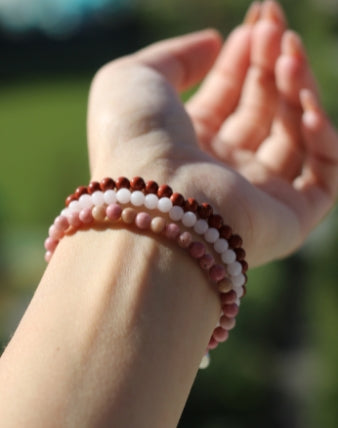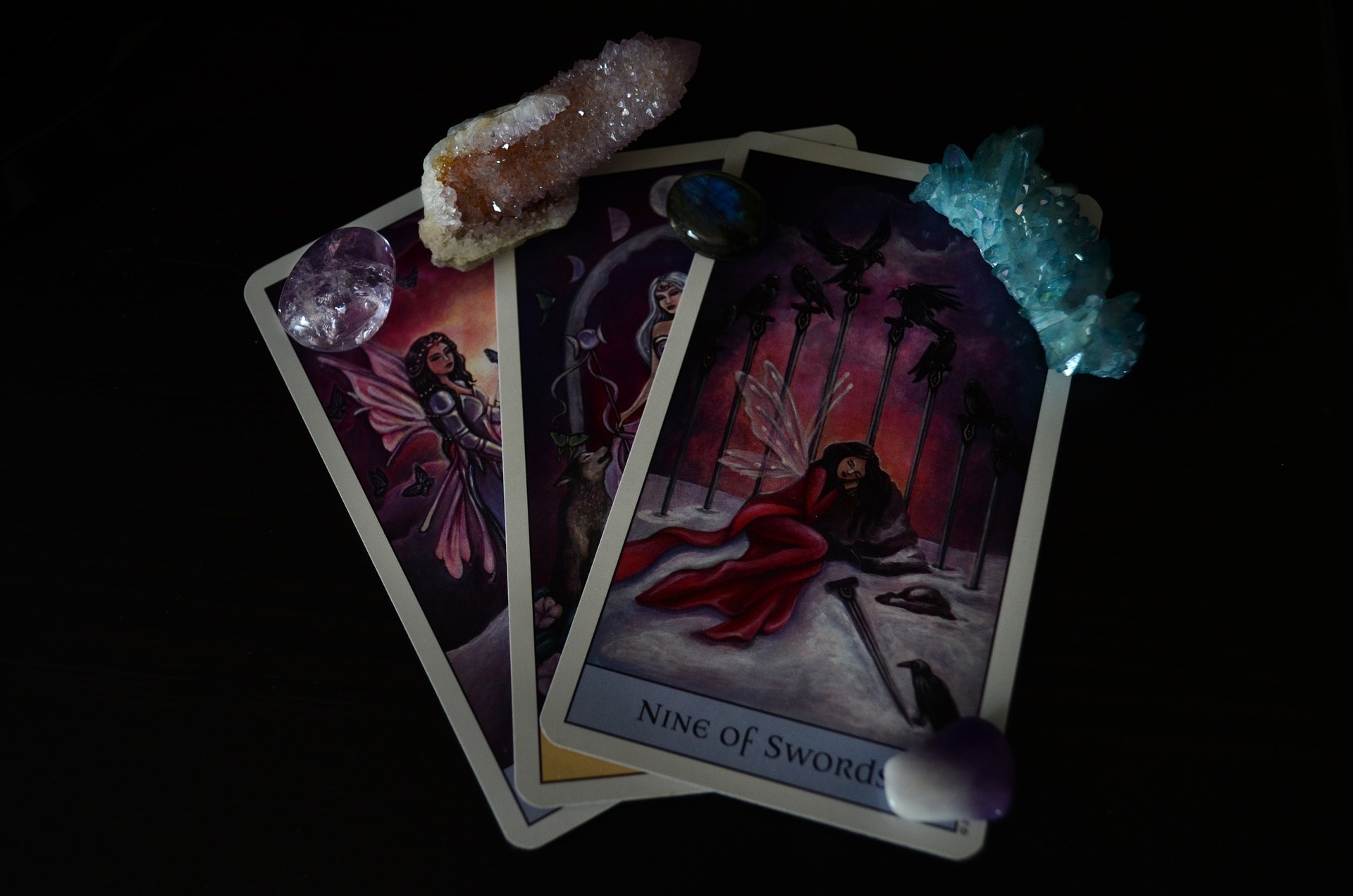
In this article...
Welcome to Tarot Cards 101, your comprehensive guide to understanding and beginning your journey with tarot cards.
Whether you're a curious beginner or seeking to deepen your knowledge, this article will provide you with essential insights into tarot reading, the structure of a tarot deck, and how to get started with tarot practice.
Tarot Cards 101: Understanding the Basics
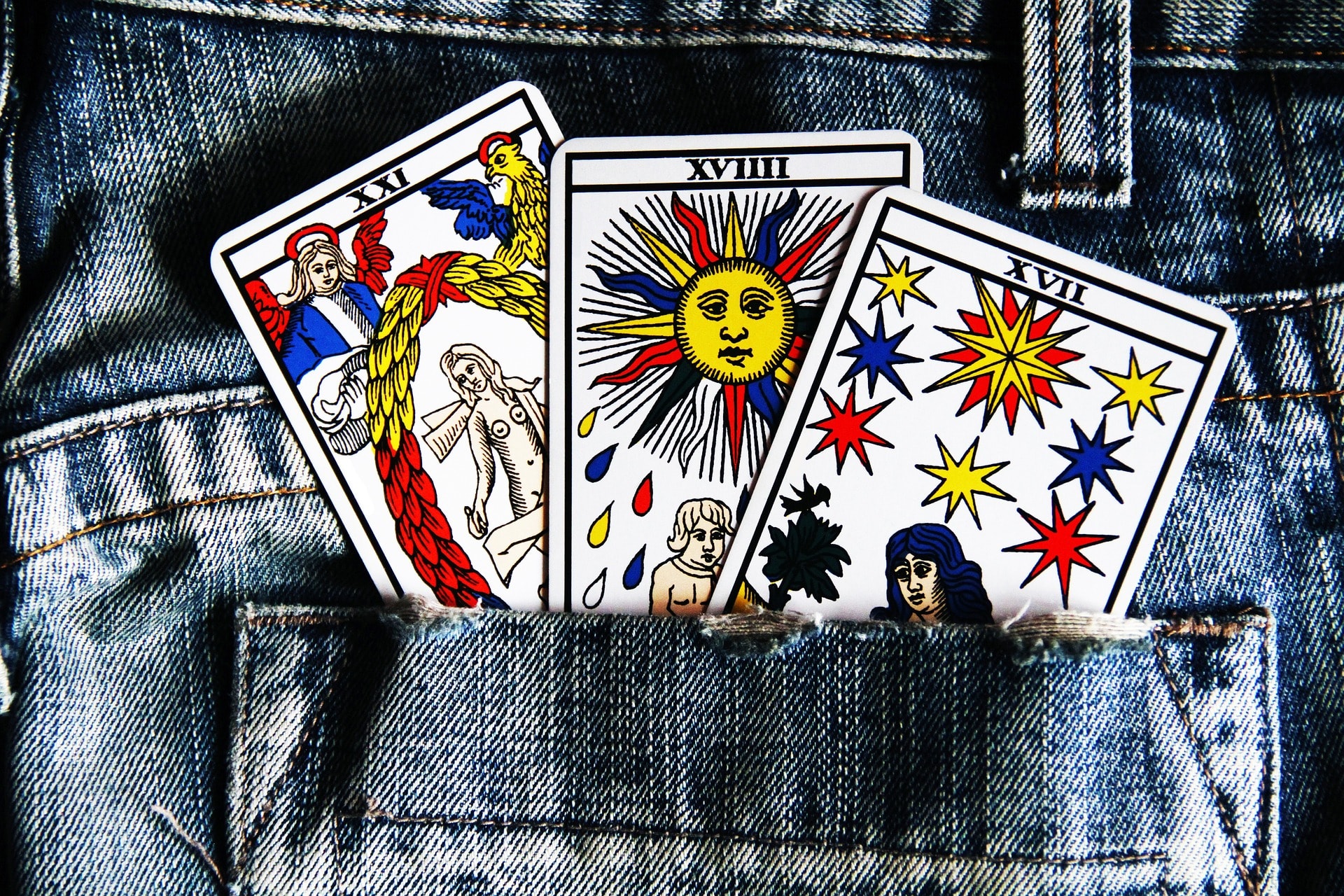
What are Tarot Cards?
Tarot cards are a deck of 78 cards, each with its imagery, symbolism, and story. They are used for divination purposes, self-reflection, and gaining insights into the past, present, and future. Tarot cards work by tapping into the collective unconscious and using symbolic meanings to guide the reader.
For a deeper dive into how tarot readings can offer intuitive insight and personal reflection, check out this thoughtful guide.
The Structure of a Tarot Deck
A tarot deck consists of two main sections: the Major Arcana and the Minor Arcana.
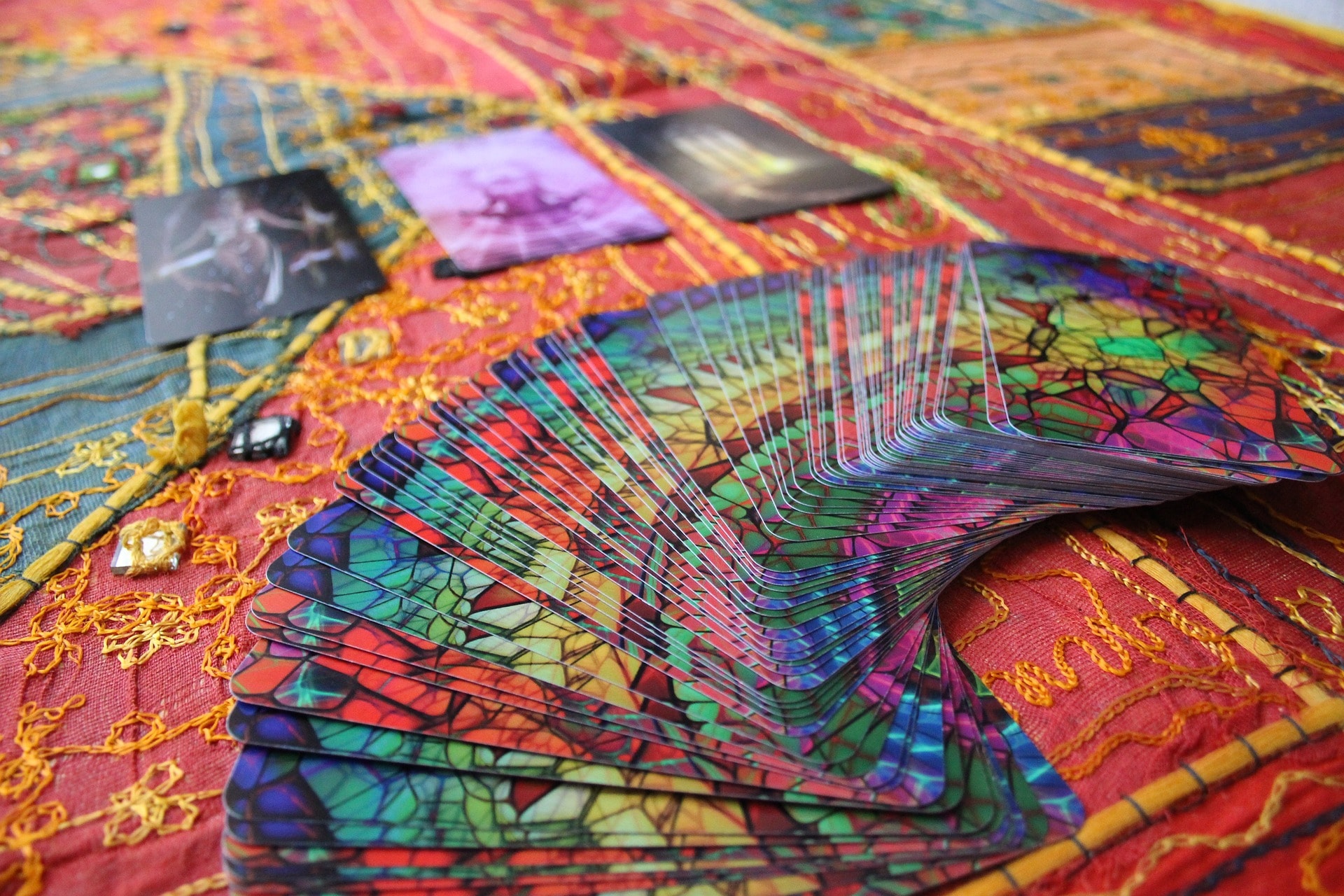
Major Arcana Cards
The Major Arcana consists of 22 cards that represent significant life events, spiritual lessons, and karmic influences. These cards include well-known archetypes such as The Fool, The High Priestess, and The Death Card. Each card carries a powerful message and profound symbolism.
Minor Arcana Cards
The Minor Arcana comprises 56 cards divided into four suits: Wands, Cups, Swords, and Pentacles. Each suit represents different aspects of life and has 14 cards, including 10 numbered cards and four court cards (Page, Knight, Queen, and King).
Popular Tarot Decks

There are many tarot decks available, each with its unique artwork and interpretation. Some popular decks include:
-
Rider Waite Deck: One of the most widely used and accessible decks, created by Pamela Colman Smith and Arthur Edward Waite.
-
Thoth Deck: Created by Aleister Crowley and Lady Frieda Harris, known for its intricate symbolism.
-
Modern Witch Tarot: A contemporary take on the Rider Waite deck, known for its inclusive and modern imagery.
Tarot Reading: Getting Started
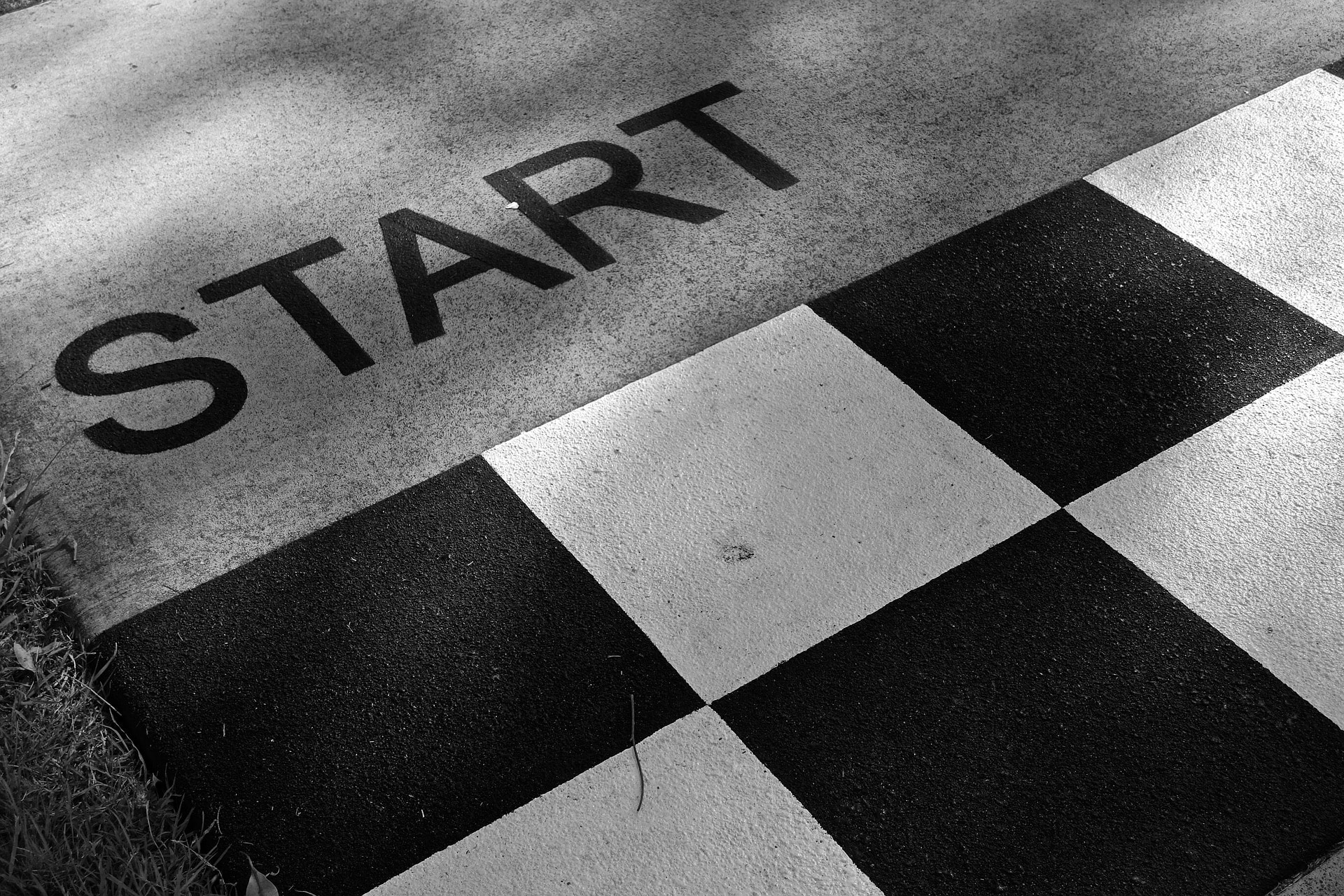
Choosing Your First Deck
When beginning your tarot journey, it's essential to choose a deck that resonates with you. Many beginners start with the Rider Waite deck due to its clear symbolism and extensive literature available for learning tarot.
Preparing for a Tarot Session
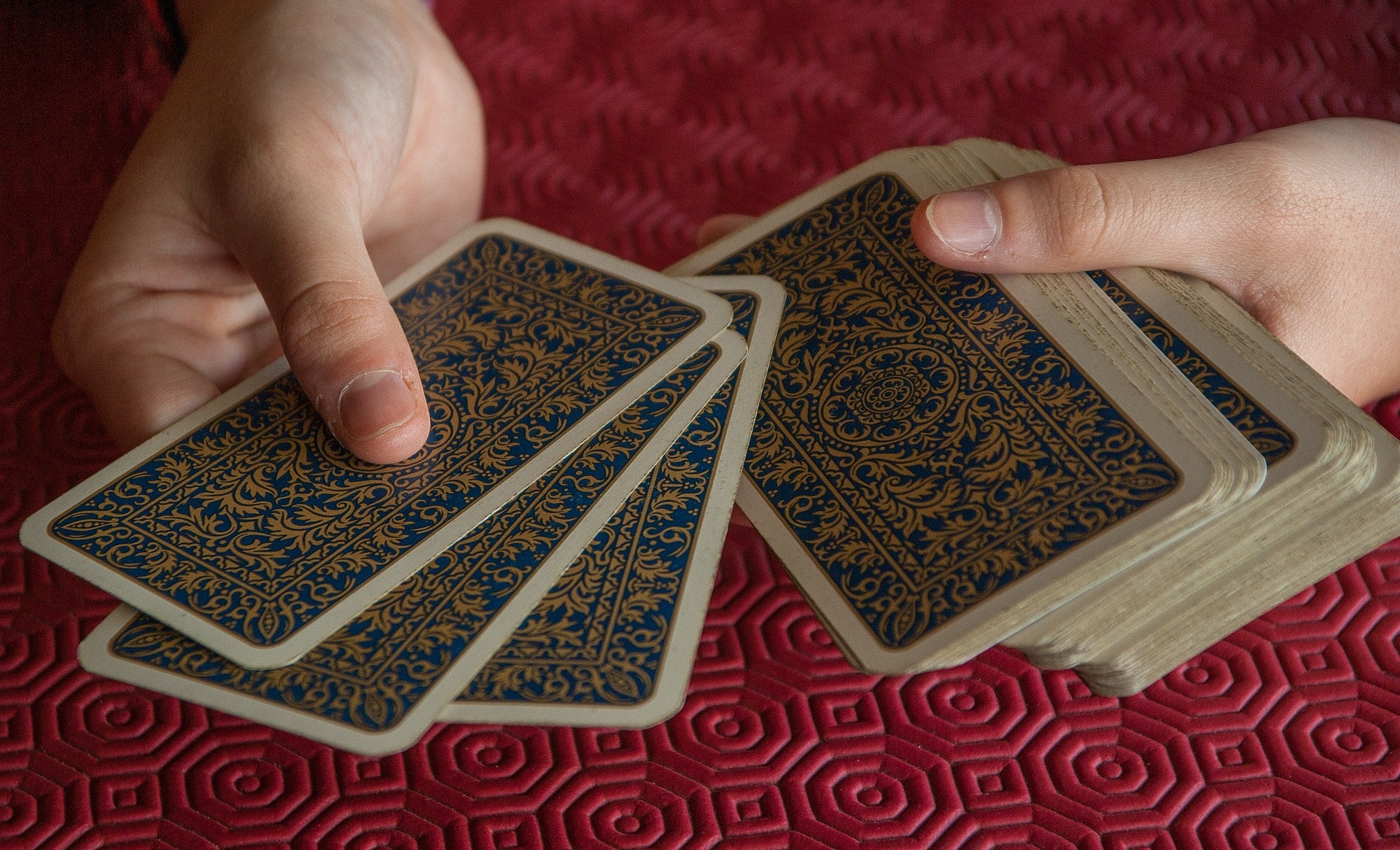
Before a tarot reading, it's crucial to create a calm and focused environment. Here are some steps to prepare:
-
Cleanse Your Space: Use incense, sage, or crystals to clear any negative energy.
-
Set an Intention: Focus on the question or area of life you want to explore.
-
Shuffle the Deck: Shuffle your tarot deck thoroughly to ensure the cards are well-mixed.
How to Read Tarot Cards
Reading tarot cards involves both intuition and an understanding of the card's meanings. Here are some steps to help you read tarot cards effectively:
-
Draw Cards: Pull cards from the deck based on your chosen tarot spread.
-
Interpret the Cards: Use your knowledge of the card meanings and your intuition to interpret the message.
-
Reflect and Apply: Reflect on the reading and consider how it applies to your life or the situation at hand.
Learning Tarot: Building Your Skills
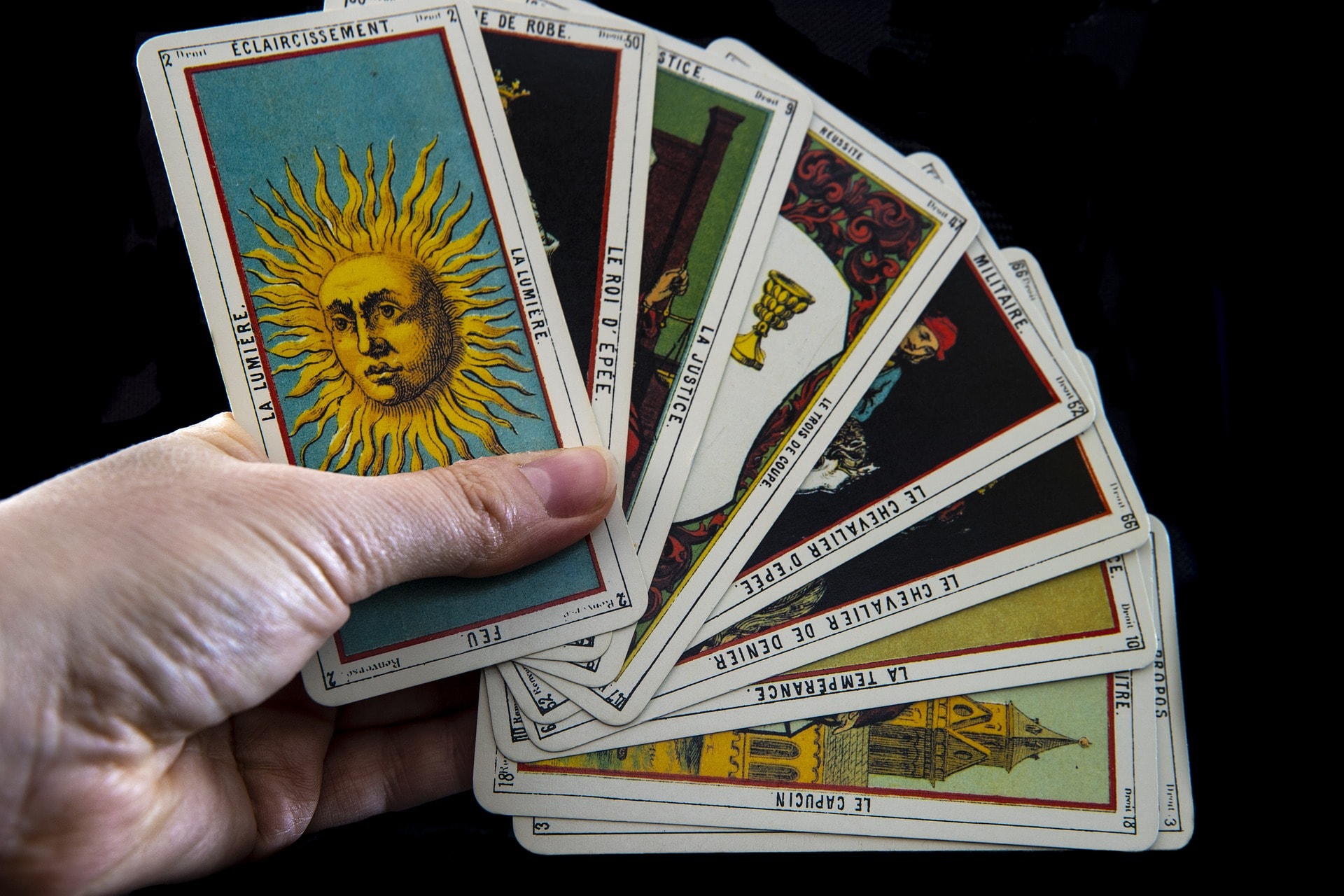
Basic Tarot Spreads
Tarot spreads are layouts that determine the position and meaning of each card in a reading. Here are some basic tarot spreads to get you started:
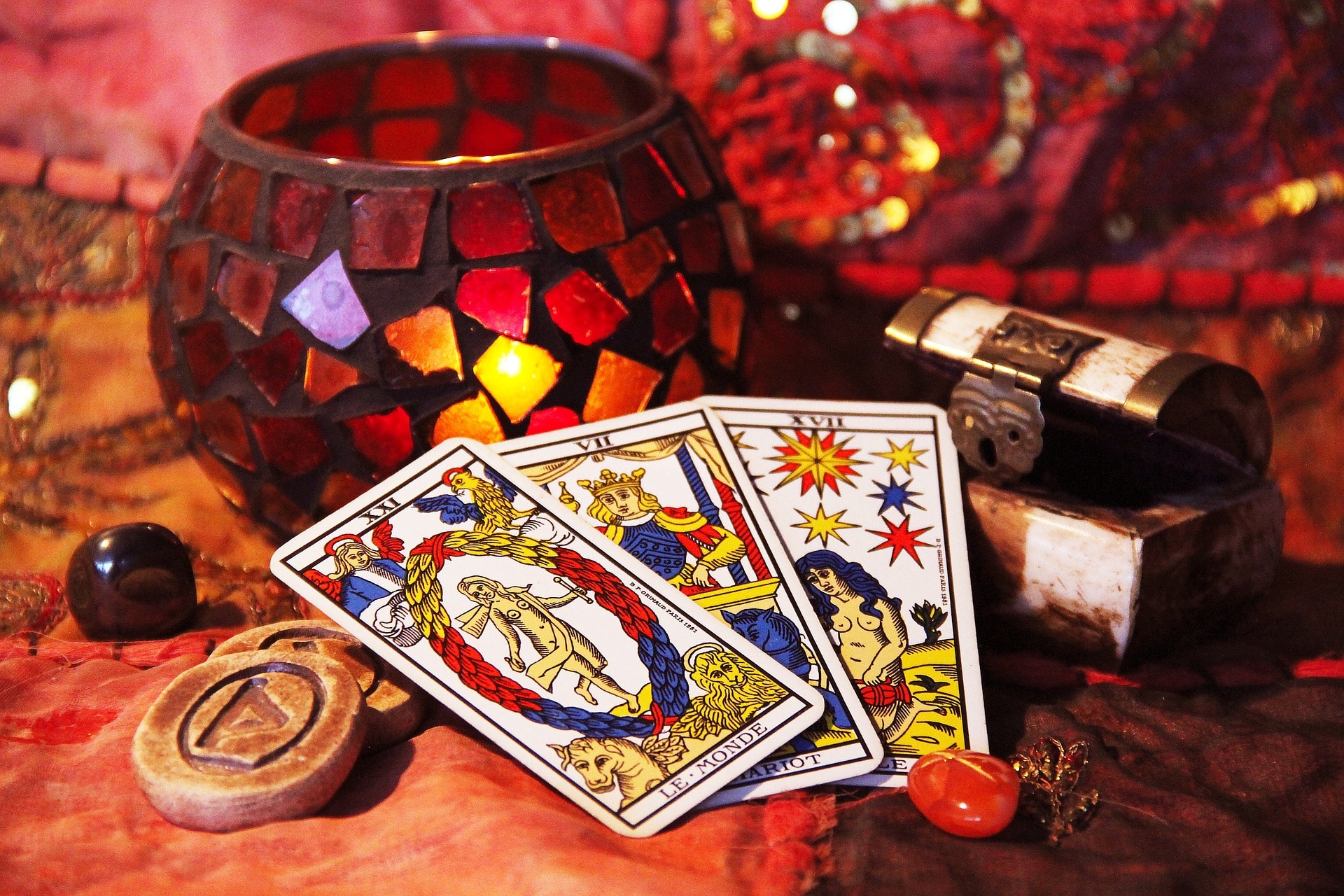
Three Card Spread
The Three Card Spread is one of the simplest and most versatile spreads. It typically represents the past, present, and future or can answer specific questions.
Celtic Cross Spread
The Celtic Cross Spread is a more complex and detailed spread that provides an in-depth look at a situation. It involves ten cards and covers various aspects, such as the present situation, challenges, and potential outcomes.
Keeping a Tarot Journal
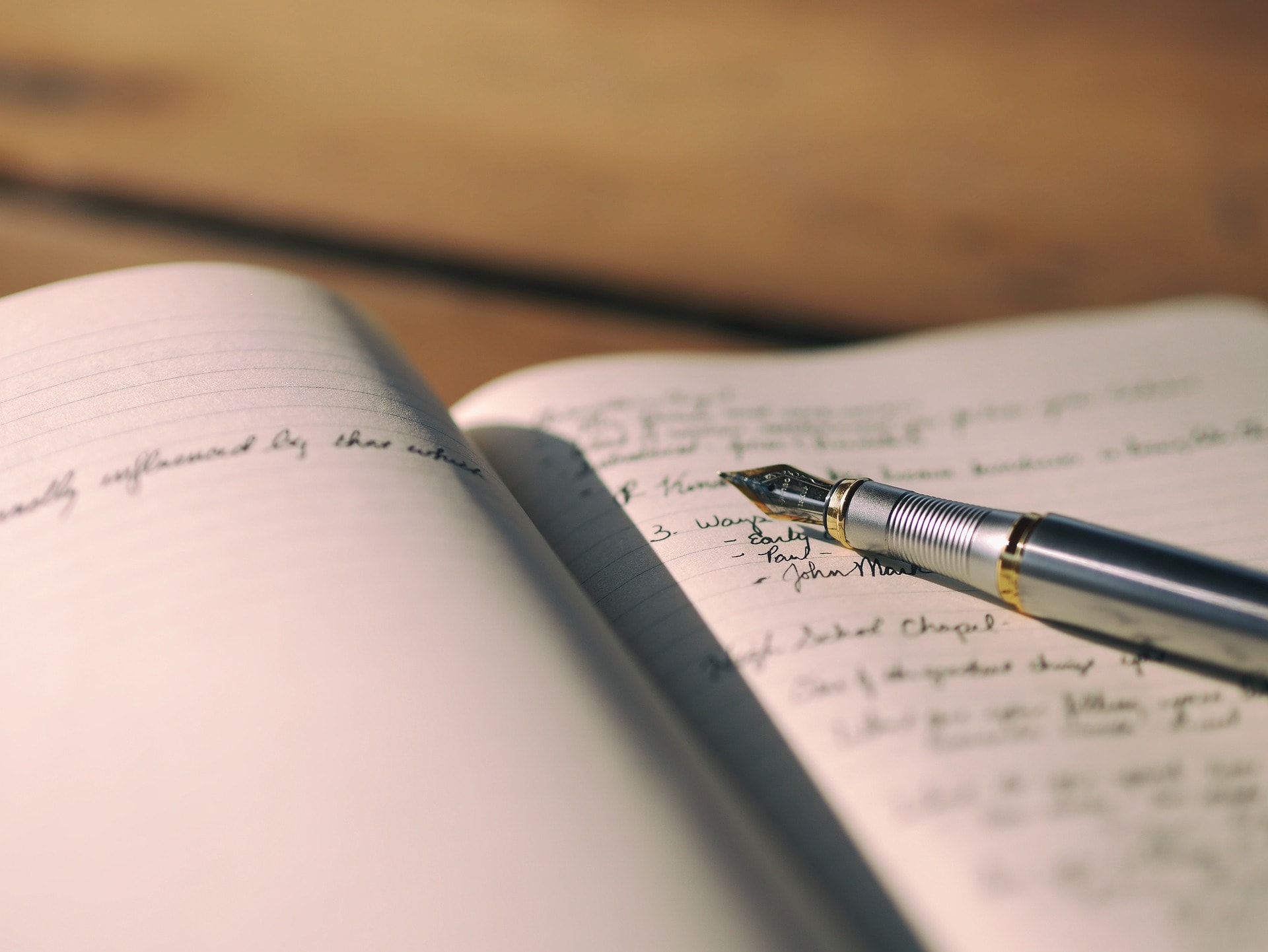
A tarot journal is a valuable tool for tracking your progress and deepening your understanding of the cards. Record your readings, interpretations, and any patterns you notice. This practice will help you develop your intuitive tarot reading skills.
Learning Tarot Through Practice
Consistent practice is essential for becoming proficient in tarot reading. Read for yourself, friends, and family to build your confidence and intuition. Remember, there is no wrong way to approach tarot, so trust your instincts and enjoy the process.
Exploring the Symbolism and Meanings of Tarot Cards
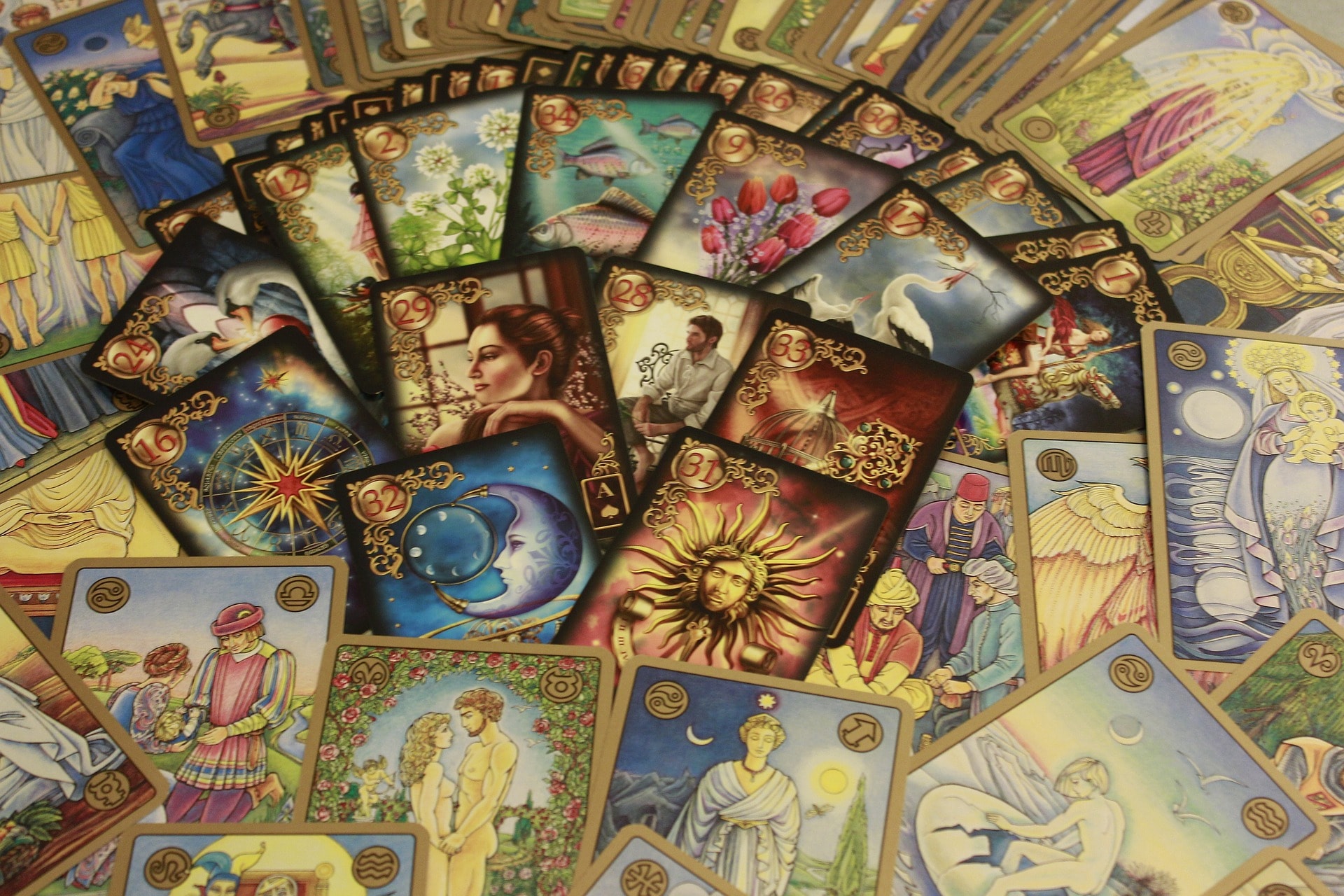
Major Arcana: Deep Spiritual Lessons
Each card in the Major Arcana represents a significant spiritual lesson or life event. For example, The Fool symbolizes new beginnings and taking risks, while The High Priestess represents inner wisdom and intuition.
Minor Arcana: Everyday Life
The Minor Arcana cards reflect everyday events and challenges. Each suit focuses on different aspects of life:
-
Wands: Creativity, action, and ambition.
-
Cups: Emotions, relationships, and intuition.
-
Swords: Intellect, conflict, and decision-making.
-
Pentacles: Material aspects, finances, and physical health.
Court Cards: People and Personalities
The court cards in the Minor Arcana represent different people or aspects of your personality. Pages signify new beginnings and messages, Knights represent action and movement, Queens embody nurturing and understanding, and Kings symbolize authority and mastery.
Tarot Readings: Tips for Tarot Beginners
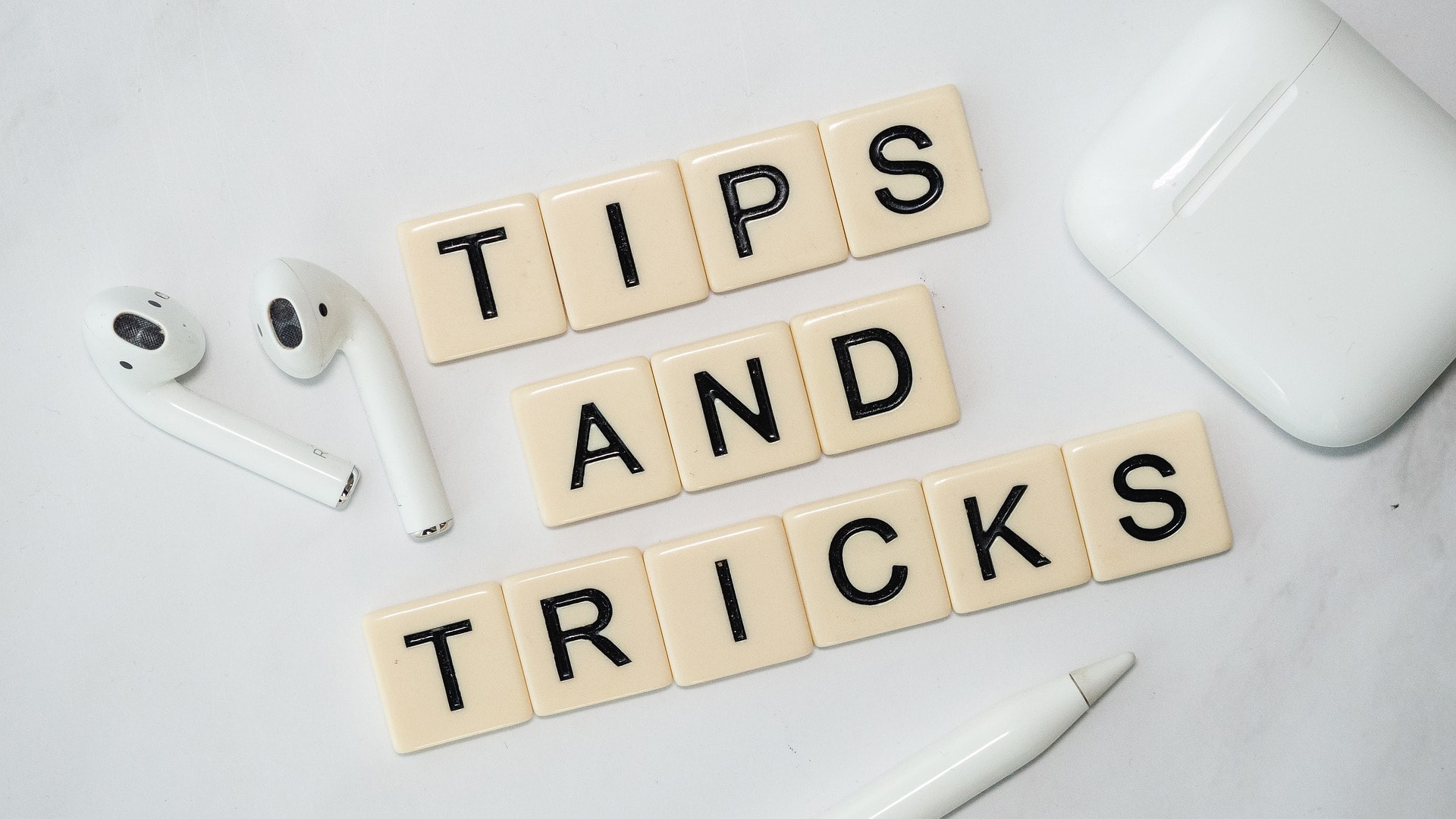
Developing Intuitive Tarot Reading Skills
While understanding the card meanings is crucial, developing your intuitive tarot reading skills will enhance your reading. Trust your inner voice and let your intuition guide you when interpreting the cards.
Understanding the Symbolic Meanings
Each tarot card is rich with symbolic meanings. Take time to study and understand these symbols, as they add depth and nuance to your readings. Many tarot guides and books provide detailed explanations of the symbolism in each card.
Incorporating Tarot into Your Daily Life
Integrate tarot into your daily routine to deepen your connection with the cards. Draw a single card each morning to set the tone for your day or use tarot for self-reflection and meditation.
The Role of Tarot in Self-Care and Personal Growth

Self-Reflection and Inner Wisdom
Tarot cards are a powerful tool for self-reflection and accessing inner wisdom. They can help you gain insights into your thoughts, emotions, and behaviors, promoting personal growth and self-awareness.
Setting Intentions and Goals
Use tarot to set intentions and goals for your personal and professional life. The cards can guide the best course of action and help you stay focused on your objectives.
Enhancing Your Spiritual Practice
Incorporating tarot into your spiritual practice can deepen your connection with your higher self and the collective unconscious. Use the cards for meditation, journaling, and exploring your spiritual path.
Common Questions and Misconceptions About Tarot
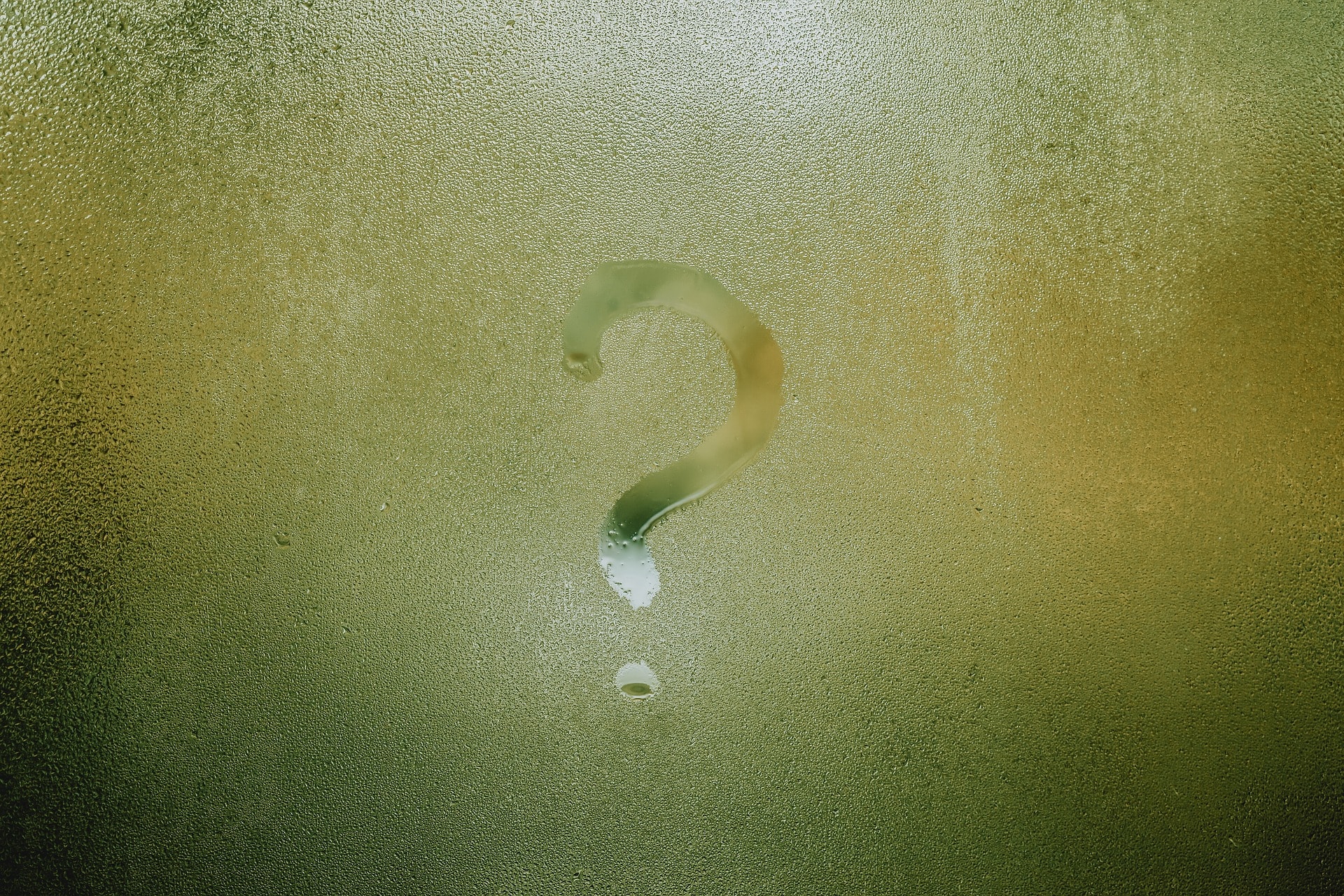
Burning Tarot Questions
As you embark on your tarot journey, you may have several questions. Here are some common questions and misconceptions:
Can Anyone Read Tarot Cards?
Yes, anyone can learn to read tarot cards with practice and dedication. Tarot reading is an art form that combines intuition and knowledge of the card's meanings.
Are Tarot Cards Used for Fortune Telling?
While tarot cards can provide insights into future possibilities, they are primarily used for self-reflection and gaining a deeper understanding of your current life situation.
Do You Need to Be Psychic to Read Tarot?
No, you do not need to be psychic to read tarot. While some tarot readers may have psychic abilities, the practice of reading tarot cards relies on intuition and an understanding of the symbolic meanings.
Advanced Tarot Practices and Further Learning
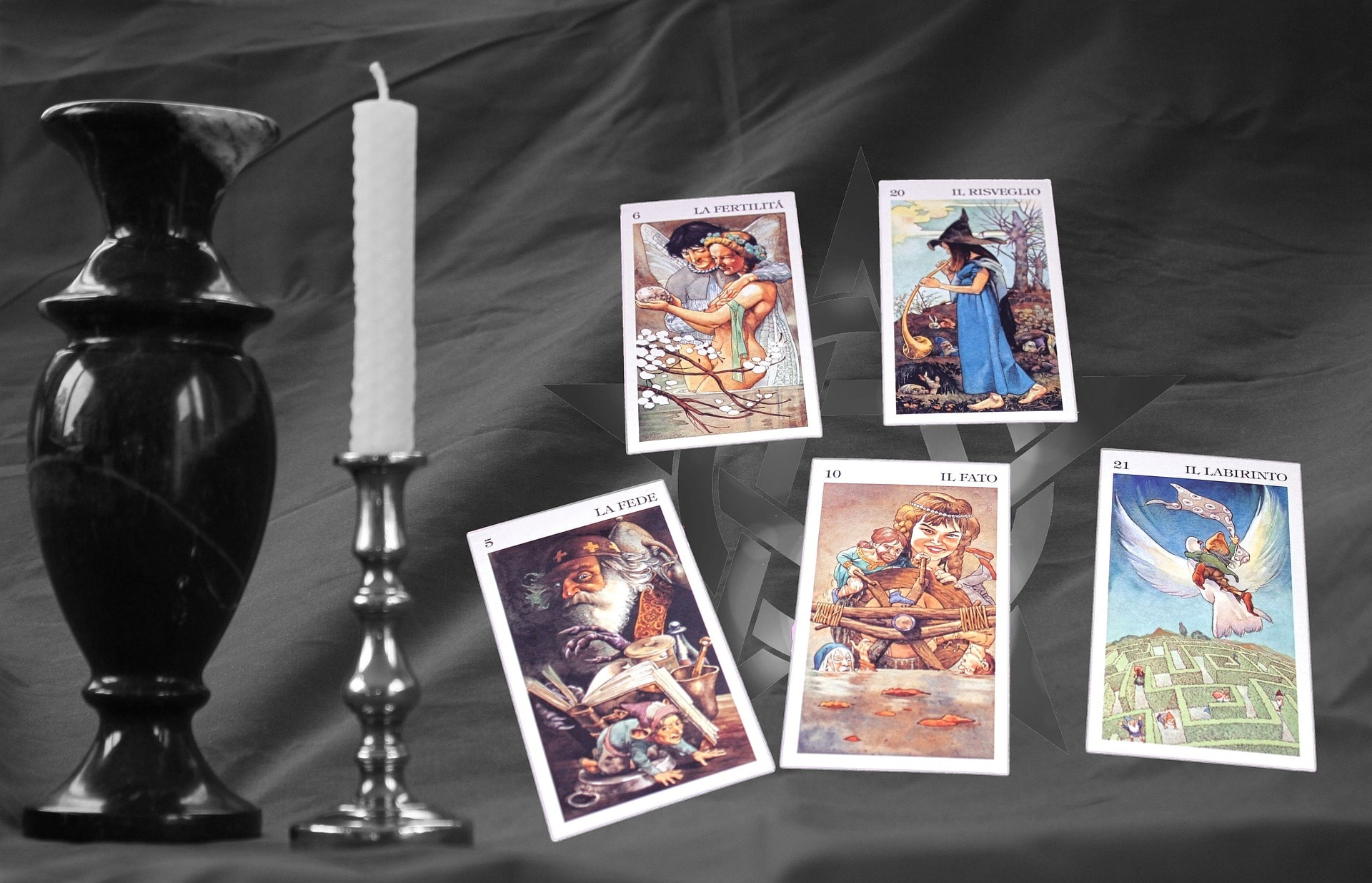
Exploring Different Tarot Decks
As you become more comfortable with tarot, consider exploring different tarot decks. Each deck offers unique artwork and interpretations, adding new dimensions to your readings.
Learning from Tarot Masters
Study the works of renowned tarot readers and deck creators, such as Pamela Colman Smith and Aleister Crowley. Their contributions to the art of tarot have shaped modern tarot practices and can provide valuable insights.
Joining Tarot Communities
Engage with tarot communities online or in-person to share your experiences and learn from other tarot readers. These communities can offer support, inspiration, and opportunities for growth.
Conclusion: Embrace Your Tarot Journey
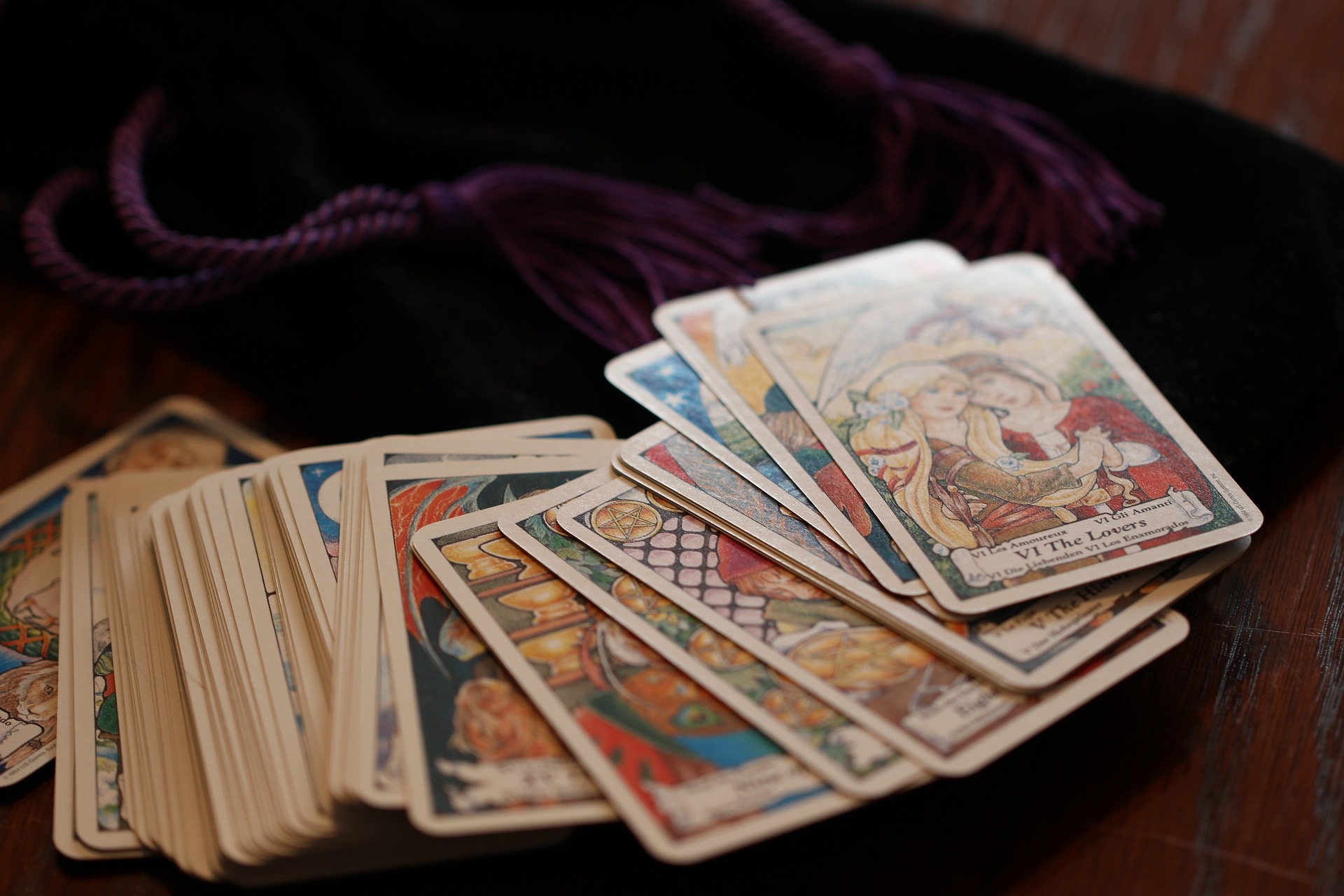
We've provided you with the foundational knowledge to begin your tarot journey. Whether you are reading for self-reflection, personal growth, or spiritual guidance, the practice of tarot offers endless possibilities for exploration and insight.
Key Takeaways
-
Choose Your Deck: Start with a deck that resonates with you, such as the Rider Waite deck.
-
Practice Regularly: Consistent practice is key to developing your tarot reading skills.
-
Trust Your Intuition: Let your intuition guide you in interpreting the cards.
-
Keep a Tarot Journal: Record your readings and reflections to track your progress and deepen your understanding.
-
Explore Advanced Practices: As you grow more confident, explore different decks, learn from tarot masters, and engage with the tarot community.
By embracing the art of tarot reading, you can unlock new perspectives, gain valuable insights, and embark on a journey of self-discovery and spiritual growth. Happy reading!


